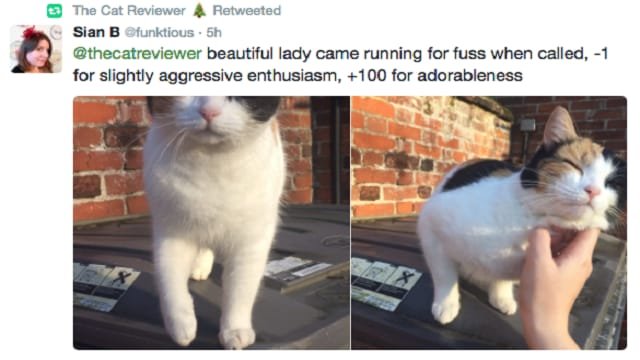The cat vs. dog debate (or war) rages on, with supporters on both sides. It’s an equal race with millions more inclined to either canines or felines. In general, dogs are believed to be more affectionate than cats. Cats are seen as cruel animals with a cold heart, yet new discoveries say that that’s very wrong.
A recent research revealed that cats [1] are just as affectionate as dogs. The only problem with it is that we as humans can’t understand what they communicate. When compared to dogs, we misinterpret many cat behaviors, simply because research has been focused on dogs so far. Many people make the mistake of applying their knowledge of dog behavior to cats who have a much more nuanced body language than dogs.
Here are just a few cat behavior examples we get wrong:
Purring
When we hear a cat purr, we believe it’s because she’s happy. However, experts say that it means they need care. Cats’ body language doesn’t include a way of asking for help so they do the purring thing.
Blinking
Most people think that when cats blink slowly, they are sleepy. However, in the feline world, slow blinking means trust and respect. This is a sign of a cat’s affection and kind of an acceptance gesture. According to studies, the slow, relaxed blinking is a result of lowered cortisone (stress) levels.
Rubbing Against You
When cats rub against us, we consider it a charming way of asking for help. In reality, it’s like a human hug. The theory is that when cats would go out hunting, they spend a few minutes rubbing with their closest buddies. So, when a cat rubs itself against you, it’s because she’s satisfied to see you again after a period of separation.
Meowing
Meowing, believe it or not, is how cats try to talk to humans. They don’t meow to other cats – they just meow to humans. Cats are generally very silent and have learned to meow to get our attention. Some cats can develop a secret code of meows with their owners which is something truly amazing.
See? Cats are just as affectionate as dogs. We just misinterpret their body language, but now that you know what your cat is trying to tell you, you can use it to your advantage.






